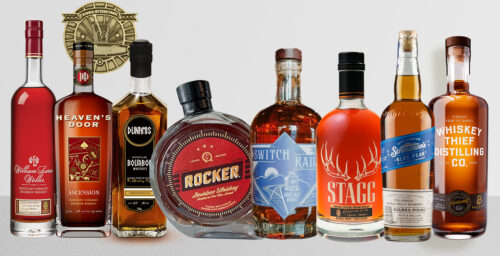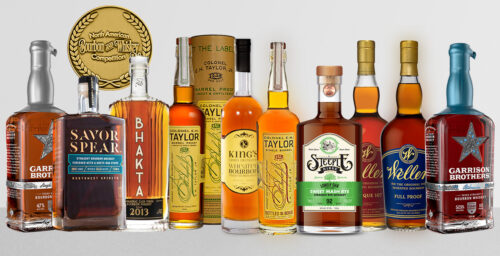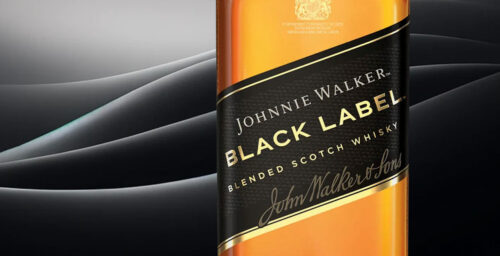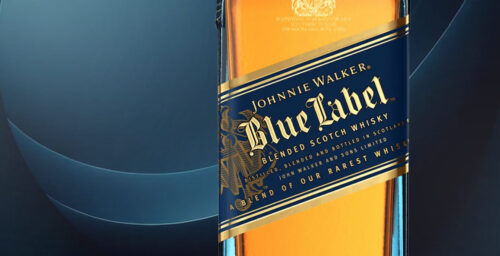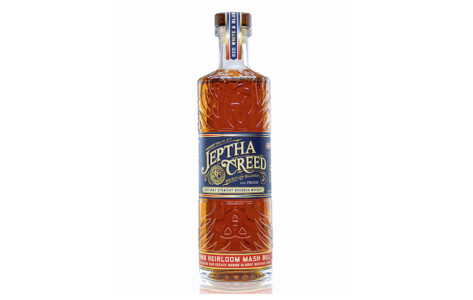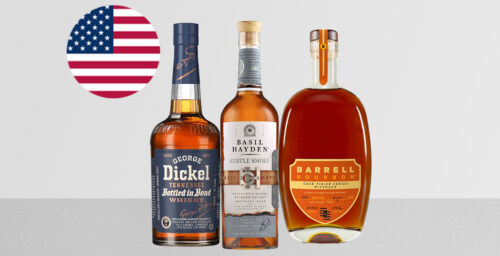Marketing copywriters are taught the power of certain words. They’re obvious. You see them all the time. Short, sharp shots, they practically demand their exclamation points: Save! Sale! Now! New! Improved! Free! Easy! More!
Of these, the most pernicious is ‘New!’ and its corollary, ‘News.’ This is especially true for whiskey products, since whiskey is supposed to be old. “People like fresh strawberries, but no one wants fresh bourbon,” a wise, old sales manager once said. He also said, “That may be clever, but will it move one more case of brandy?”
So, whiskey marketers struggle to create news even as the media maw demands more. Even the giants can launch only so many new brands. A genuinely new whiskey takes years to come to market. You can buy advertising to promote anything, but if you want ‘buzz,’ if you want free media coverage, social or otherwise, you need to constantly answer the question, “what’s new?”
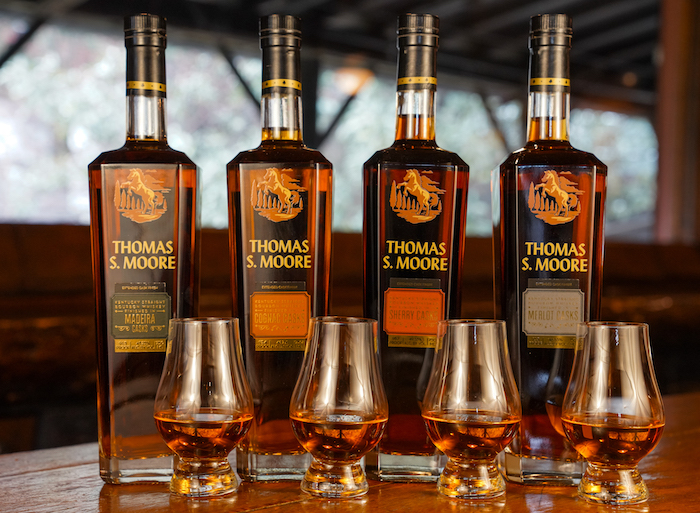
It isn’t just consumers and the press who demand news, so does the trade. “I need a reason to start a conversation,” pleads every frontline salesperson to their marketing department. News gets you appointments, which gets you placements, maybe an end-cap, maybe an ad.
Marketing restrictions unique to the liquor business complicate this problem, since many of the common sales promotion tactics used to generate news in other product categories, things like coupons, BOGOs, bonus packs, co-packs, games, sweepstakes, gift-with-purchase, sponsorships, etc. are off-limits. They are either prohibited entirely or limited to a patchwork of states. National promotions, applicable everywhere, are impossible. Spirits brands can do worthy cause tie-ins, which are worthy and all, but they don’t move cases.
So, we have expressions, limited or ongoing. Some twist on an existing brand.
For producers, the most popular expressions are the easy ones. Two categories seem to dominate. Both involve adding flavor to a mature whiskey, either through a secondary wood finish, or flavoring materials.
Some whiskey enthusiasts are purists who won’t consider anything labeled “bourbon whiskey with…” Others will try anything. A third group distinguishes between finishes and flavorings, considering the former consistent with historical practice, but the latter an abomination. This leeway is granted because although secondary wood finishes were exceedingly rare in American distilleries until recently, they have long been accepted in Europe.
After all, whiskey is, by definition, a grain distillate flavored by wood.
In just about every case of a secondary wood finish you can easily look up what woods were used, how long they were finished, exactly what techniques were used, and other background music. Producers love to tell you that stuff, but it’s just filler. It’s not important. It doesn’t tell you anything useful. Knowing there was a secondary wood finish tells you the whiskey will taste different, but bourbon finished in Calvados brandy casks doesn’t taste like Calvados, so knowing what Calvados tastes like, or even liking Calvados, tells you nothing about whiskey finished that way. It will taste different, just not in a predictable way. If you expect it to taste like Calvados, you’ll be disappointed.
All that matters is, does it taste good? Most of all, does the finish enhance the flavor of the bourbon, which should remain the star, or does it get in the way? A press release won’t tell you that, you have to taste it.
What if you could compare the finished whiskey to its un-enhanced counterpart? Would that tell you what the finish contributes? Yes, indeed. Legent, for example. This Beam Suntory finished bourbon has Jim Beam as its starting point. It does taste different, and good. Is it worth the extra money? At Binny’s in Chicago*, Jim Beam Black Label is $21, Legent is $35. That’s a hefty upcharge. Worth it? Maybe not the right question. The right question is, how well do you like Legent compared to other $35 whiskeys? If secondary wood finishes are ‘okay’ with you, i.e., acceptable, don’t just compare them to other finished whiskeys, compare them to everything in their price range.
That whiskey finished in Calvados brandy casks? That’s Blood Oath, Pact No. 8, from Luxco/MGP. The base bourbon is probably comparable to some of the higher-end Yellowstone or Ezra Brooks expressions. They pull from the same barrel inventory. Again, you can go into the weeds about what and how, it doesn’t matter. In this case, it doesn’t matter because fewer than 20 thousand bottles were released and prices from legitimate sellers (Binny’s doesn’t have it) range from $400 to $800. That said, it’s a nice drink, well-balanced considering its disparate elements. Too bad most bottles of it will gather dust in a trophy case.
Which brings us to the granddaddy of all secondary wood finishes, Angel’s Envy. When Lincoln Henderson created it way back in 2011, it seemed like a clever way to take the bulk bourbon available to him at the time and make it distinctive, more than the sum of its parts. It was a product they could bring to market quickly, to make some money until they could get their own distillery built. Henderson had the master’s touch. The port casks contribute noticeable sweetness and dark fruit notes, but it still tastes like bourbon. No one has done it better. Today Angel’s Envy is a major brand in its own right, owned by Bacardi, and secondary wood finishes are all they do.
No brand has fought harder against the news monster than Maker’s Mark. The core tenant of the faith is that Maker’s is the best whiskey there is so, by definition, there cannot be a ‘better’ expression of it, just a ‘different’ one, hence different proofs and finishes. Maker’s 46 illustrates the principle effectively for a modest upcharge. Regular Maker’s is $30, Maker’s 46 is just $34. On the other hand, a Binny’s Handpicked Maker’s Private Selection is $70.
Taste enough secondary wood finished whiskey and a few things become clear. A subtle finish on a solid base whiskey is most likely to satisfy, a finish can’t fix bad whiskey, some finished whiskeys are better than others, and the rigmarole of how they got there is not important except as homage to the news monster.
______________________

